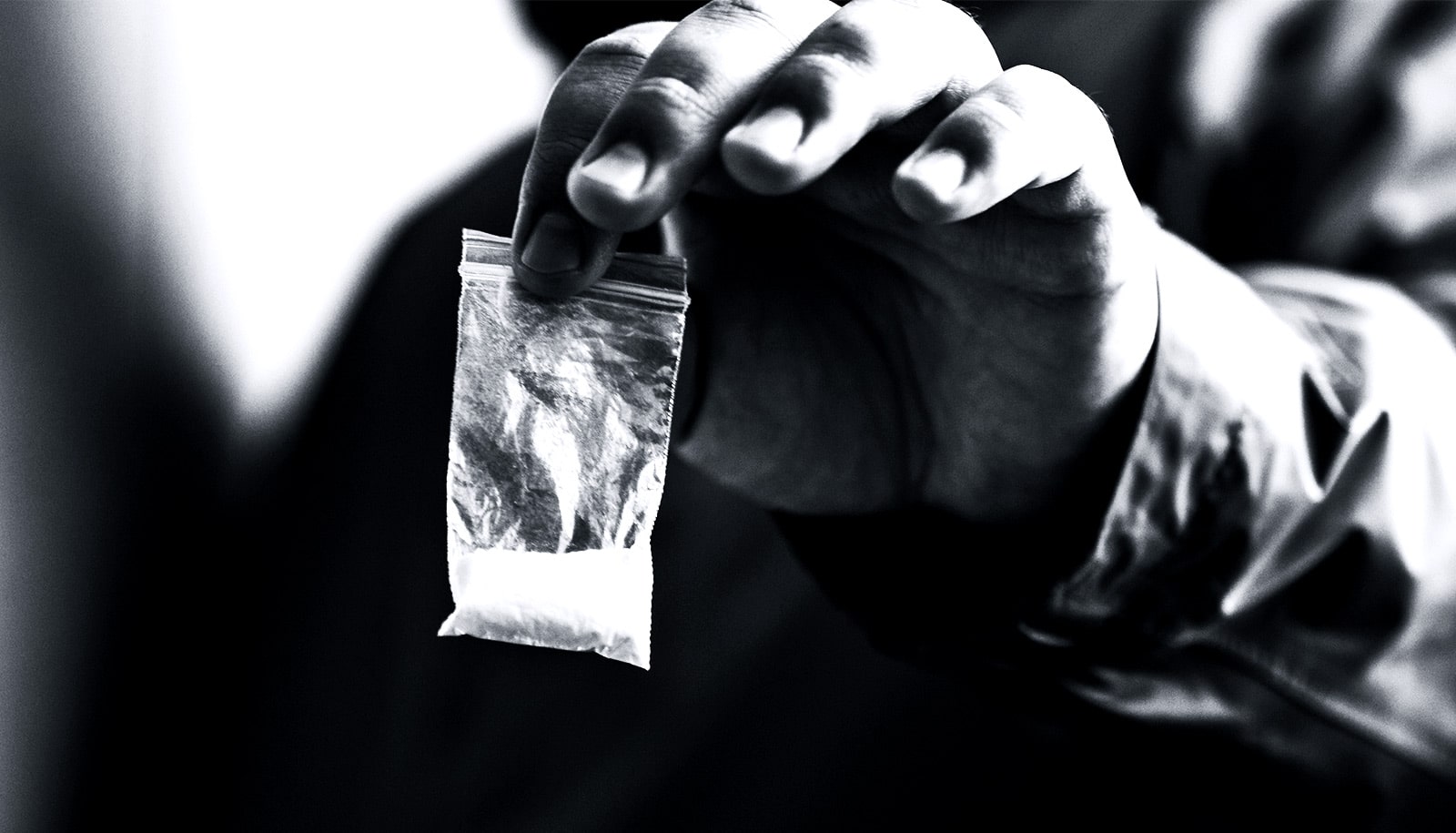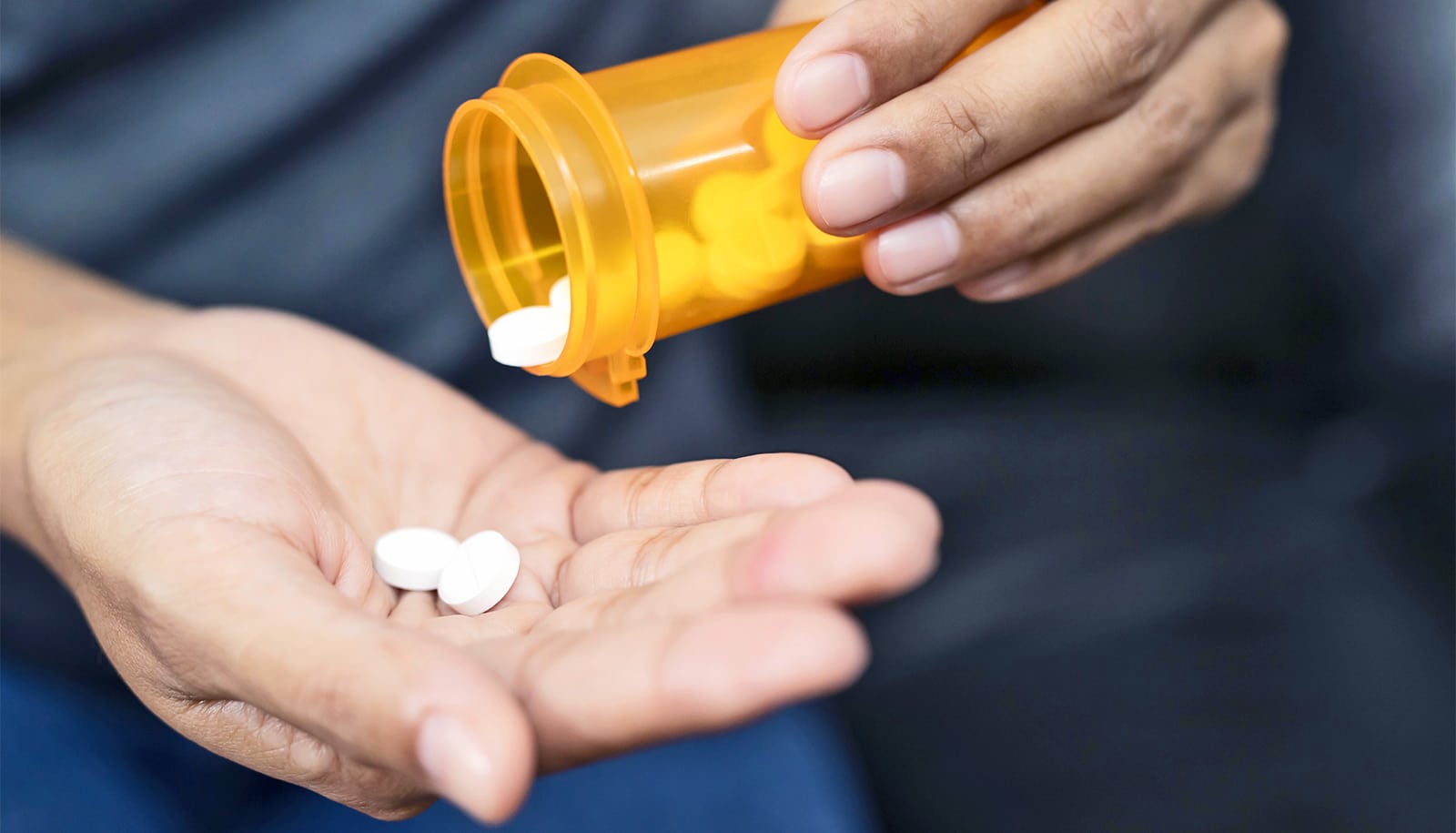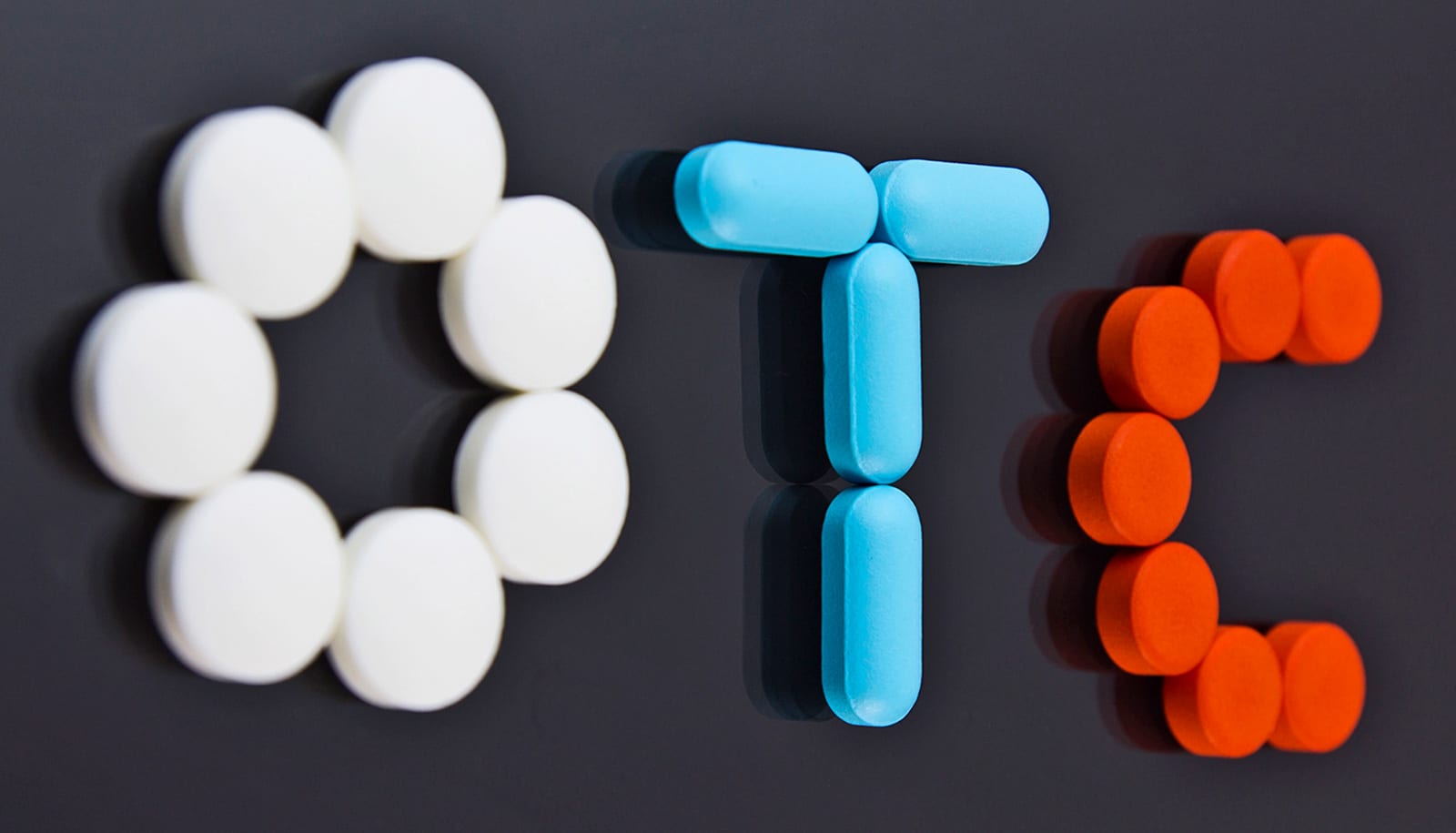High school seniors who use heroin commonly use multiple other drugs—and not just opioids, a new study shows.
The findings, which appear in Drug and Alcohol Dependence, suggest that addressing heroin use among teens should also take into account the probable use of multiple drugs.
Heroin use has risen in the United States in connection with the ongoing opioid epidemic. Research shows a strong link between nonmedical prescription opioid use and heroin use, and suggests that these nonmedical users in particular—especially frequent users—are at high risk for using heroin.
While researchers have investigated the relationship between opioids and heroin extensively, fewer recent studies examine potential links between heroin and the use of other drugs.
For example, benzodiazepines—a class of depressant drugs prescribed to treat anxiety and often abused—are now commonly used with heroin and are involved in nearly a quarter (23 percent) of heroin-related overdose deaths in the United States. Nearly three out of five (59 percent) heroin-related overdose deaths involve at least one other drug.
“It may be inadequate to focus on heroin and opioid use in isolation. Considering users’ overall drug use profiles appears to be important because the concurrent use of multiple drugs can exacerbate adverse health effects associated with heroin use such as overdose,” says Joseph Palamar, associate professor of population health at New York University’s School of Medicine and a researcher with the Center for Drug Use and HIV/HCV Research (CDUHR).
“A deeper understanding of how heroin users also currently use other drugs can help us to discern better prevention measures.”
Researchers studied a nationally representative sample of high school seniors, focusing on the 327 (of more than 92,000 studied) who reported using heroin in the past month. They examined how recent use and frequency of use of various drugs related to their current use of heroin. Students answered surveys as part of the Monitoring the Future study between 2010 and 2016.
The researchers found that high school seniors who use heroin also commonly use multiple other drugs—on average, five others. Using heroin more often was linked to an increase in using several other drugs more frequently, particularly depressants including other opioids and benzodiazepines.
The frequency of concurrent use of most drugs was markedly high among those who reported using heroin 10 to 39 times in the past month.
Interestingly, this trend was reversed among students who reported the highest frequency of current heroin use. Specifically, those who reported using heroin 40 or more times in the past month actually reported less concurrent use of other drugs, both in terms of number of drugs and frequency of use.
Today’s teens aren’t as into drugs, alcohol, or theft
Researchers hypothesize that this drop in use of other drugs may be attributable to the increased costs and needs associated with such high levels of heroin use.
While alcohol was one of the most common drugs that high school seniors who use heroin consumed, most levels of alcohol use were associated with lower odds of frequent heroin use. This aligns with previous studies showing an inverse relationship between heroin and alcohol use.
“Our study shows that increases in the frequency of heroin use are associated with shifts in the nature and frequency of using multiple drugs. More frequent heroin use was associated with a higher percentage and frequency of opioid and benzodiazepine use, which compounds the risk of overdose,” says CDUHR researcher Pedro Mateu-Gelabert, an investigator at National Development and Research Institutes, Inc.
“Prevention measures should consider these use patterns among heroin-using adolescents,” he says.
Heroin users want to avoid fentanyl but can’t
The National Institute on Drug Abuse of the National Institutes of Health funded the work. The content is solely the responsibility of the authors and does not necessarily represent the official views of the National Institutes of Health.
Source: NYU



